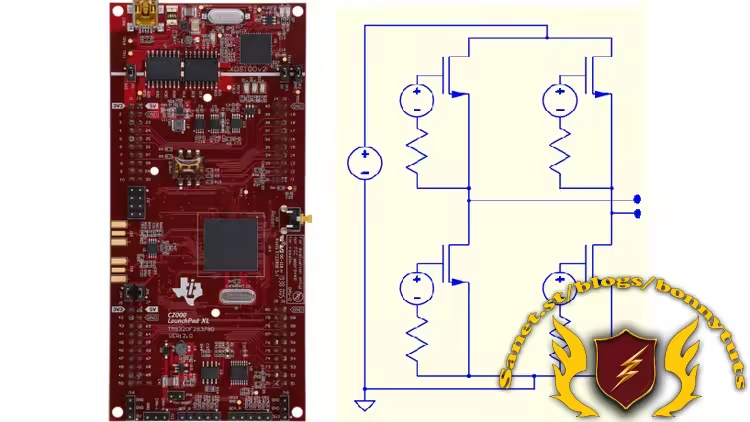
Published 6/2025
Created by Shivkumar Iyer
MP4 | Video: h264, 1280×720 | Audio: AAC, 44.1 KHz, 2 Ch
Level: Intermediate | Genre: eLearning | Language: English | Duration: 83 Lectures ( 11h 57m ) | Size: 7.83 GB
Transferring QSPICE simulation control code to the LAUNCHXL-F28379D microcontroller
What you’ll learn
Implementing PWM strategies with the TMS320F28379D microcontroller
Translating QSPICE C control blocks to microcontroller C code
Duty ratio control for a buck converter
PWM for a bidirectional buck converter using a half-bridge module
PWM for a bidirectional buck-boost converter using two half-bridge modules
Bipolar PWM for a full-bridge module
Unipolar PWM for a full-bridge module
Phase-shift PWM for a full-bridge module
PWM for a dc-ac converter using a half-bridge module
Carrier-based PWM (sine-triangle) for a three-phase converter
Space Vector PWM for a three-phase converter
Requirements
F28379D microcontroller programming. Basic course “TI TMS320F28379D Microcontroller for Power Electonics”
Simulating PWM strategies with QSPICE. Basic course “Simulating PWM Strategies for Power Converters with QSPICE”
Optional course on using QSPICE: “Simulating dc-dc converters with QSPICE”
Description
This course has been specifically designed to help power electronics engineers overcome the hurdle of implementing control code from simulations in microcontrollers. The course uses the free and trending circuit simulator QSPICE to examine simulations of the popular power converters used in industry along with the Pulse Width Modulation (PWM) strategies implemented using C programming language. The course will then describe how the TMS320F28379D microcontoller from Texas Instruments can be used to implement these PWM strategies using the specialized Enhanced Pulse Width Modulation (ePWM) peripheral module. The course will examine how the different functionalities provided by the ePWM peripheral can be used in a convenient manner to translate the QSPICE control code with minimal modifications.The course emphasizes on the usefulness of simulations, and how they can be a strong foundation in power electronics projects. QSPICE is the latest in the series of SPICE simulators and besides providing a robust engine for simulating non-linear circuits with MOSFETs and other devices used in power electronics, it offers the convenience of implementing control code in C programming language and Verilog. C programming and Verilog are the most popular languages used in embedded systems with most Digital Signal Processor (DSP) and Field Programmable Gate Array (FPGA) microcontrollers using these languages to program their devices. For this reason, QSPICE simulations are the foundation for all projects in this course. QSPICE has been offered completely for free without any licensing restrictions and will soon become one of the most popular circuit simulators in the power electronics industry.The course uses the low-cost LAUNCHXL-F28379D evaluation kit from Texas Instruments for programming the TMS320F28379D microcontroller. All experiments in this course are performed using this low cost evaluation kit, a low cost two-channel oscilloscope, a solder-less breadboard and a few jumper cables. Therefore, this course is ideal for students preparing themselves for entry-level jobs in the power electronics industry.
Password/解压密码www.tbtos.com
转载请注明:0daytown » PWM Strategies with the TI TMS320F28379D Microcontroller